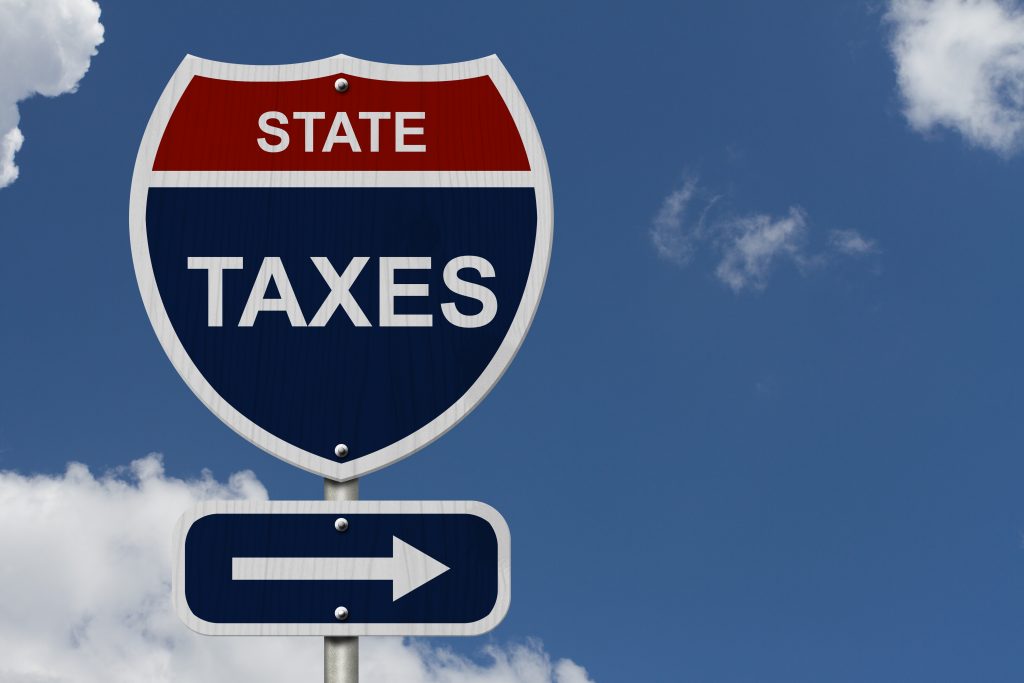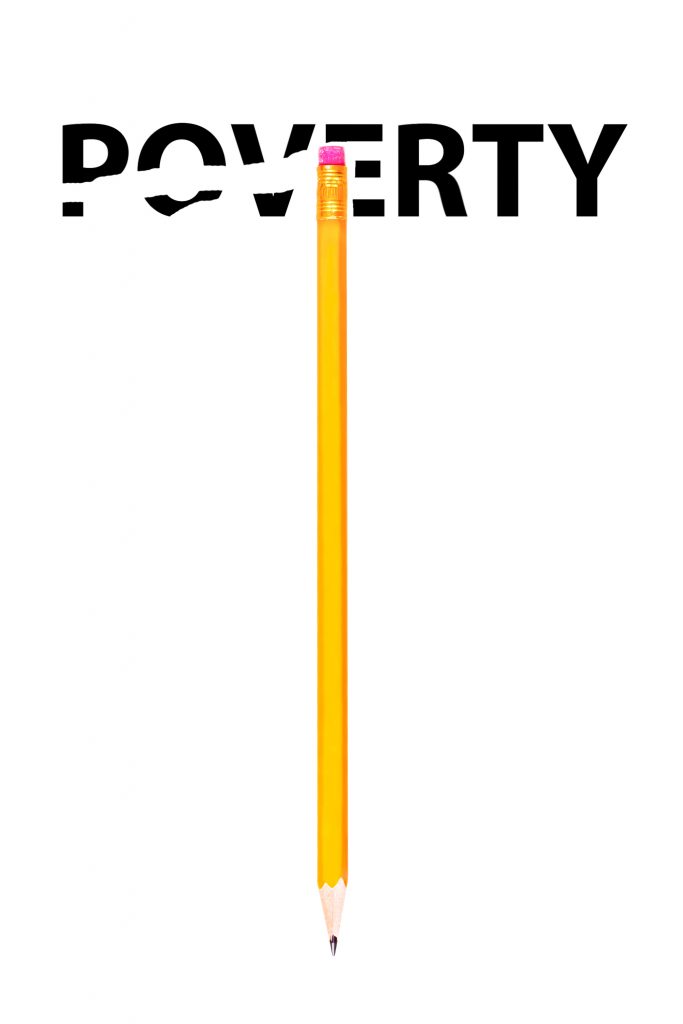The U.S. Census Bureau released its annual data on income, poverty and health insurance coverage this week. For the second consecutive year, the national poverty rate declined and the well-being of America’s most economically vulnerable has generally improved. In 2016, the year of the latest available data, 40.6 million (or nearly 1 in 8) Americans were living in poverty.
Despite these modest improvements, there are still policy changes that can be made to improve lives in communities across the country. Some tools already in use, like federal refundable tax credits, are working to alleviate poverty. The Supplemental Poverty Measure, which accounts for these transfers, shows that the federal Earned Income Tax Credit (EITC) and refundable portion of the Child Tax Credit lifted 8.2 million individuals out of poverty.
State tax codes can also be use to provide cost-effective anti-poverty strategies. State lawmakers can enact and expand progressive tax policies to mitigate poverty and improve the quality of life of families living in their states. In 2017, several states took steps to expand or enact tax credits for workers and their families. Hawaii, Montana, and South Carolina adopted EITCs. California expanded eligibility for its EITC, and Illinois increased the percent of the federal credit that can be claimed. Colorado, Kansas, Minnesota, and Oregon also made improvements to their child-related tax credits.
For more, read ITEP’s newly updated report: “State Tax Codes as Poverty Fighting Tools.”
ITEP’s Who Pays? report explains that state and local tax systems often exacerbate this problem by making life even harder for families living in poverty. When all taxes levied by state and local governments are taken into account, every state imposes higher effective tax rates on their poorest families than the richest 1 percent of taxpayers. Across the country the effective tax rate for the poorest 20 percent of taxpayers is 10.9 percent, more than double the 5.4 percent average effective tax rate for the top 1 percent.
While tax systems can make the problem worse, they can also be used to effectively mitigate poverty. “State Tax Codes as Poverty Fighting Tools” an updated report released by ITEP, incorporates the U.S. Census Bureau’s new poverty data and makes the case for four key anti-poverty tax policies spanning state personal income, property, and sales taxes: state Earned Income Tax Credits (EITCs), property tax circuit breaker programs, targeted low-income credits, and child-related tax credits.
The report provides an overview of these anti-poverty policies, surveys 2017 state developments in those areas, and offers recommendations that every state should consider to help families rise out of poverty. These policies, when well-structured, can provide struggling families with additional income, putting that money back in their pockets to help pay for food, housing, transportation, and other necessities. We recommend that states enact, or strengthen, one or more of these four proven and effective tax strategies to reduce the share of taxes paid by low- and middle-income families and, at the same time, increase their resources to make ends meet.





